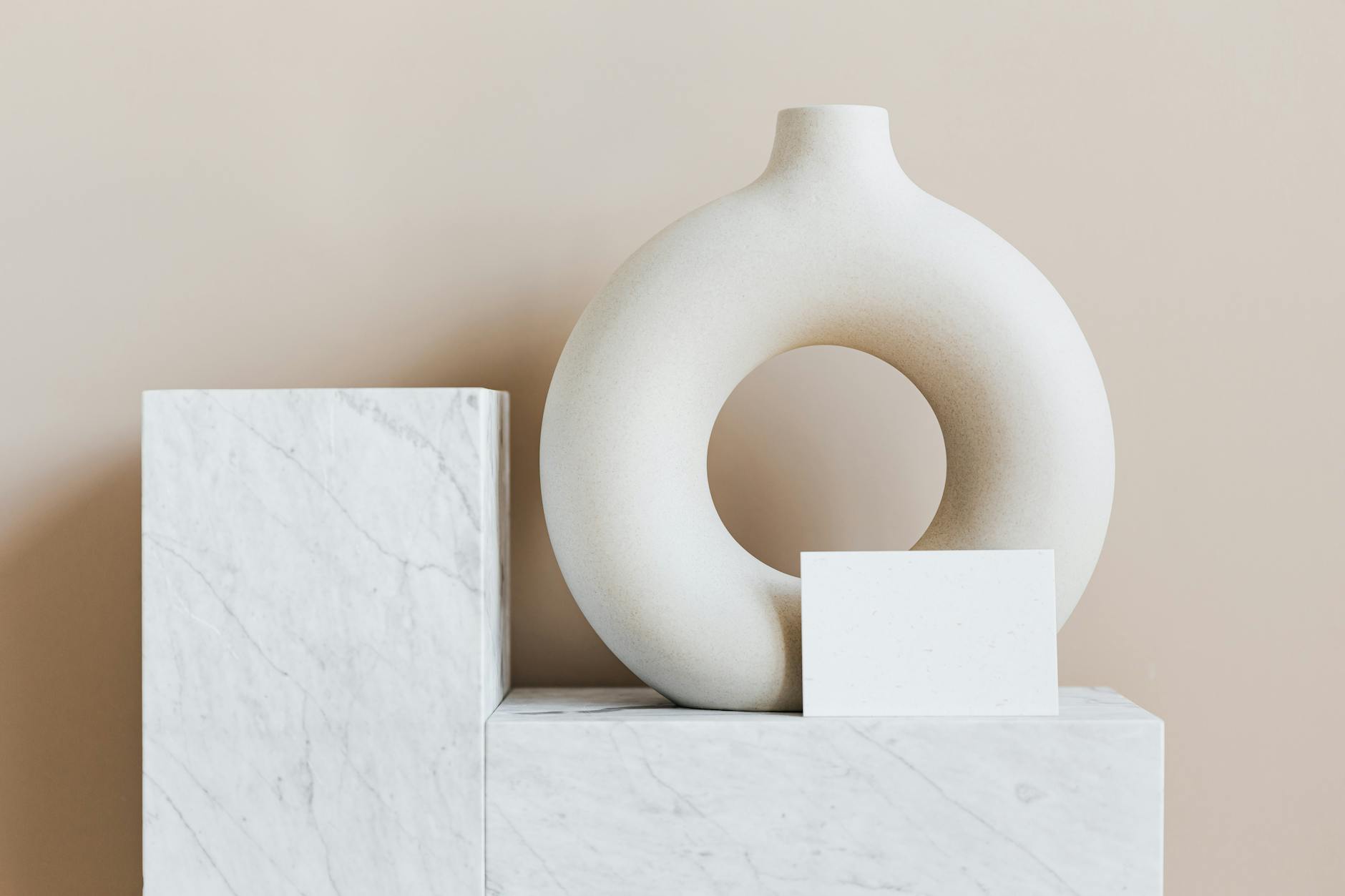Uncover the magic of minimalist design in a cluttered visual world. Discover the secrets to simplifying your design with ease.

Image courtesy of Karolina Grabowska via Pexels
In a world bombarded with visual clutter and information overload, the concept of minimalism in design has emerged as a powerful tool to cut through the noise and enhance cognitive fluency. By simplifying design elements and focusing on essential aspects, minimalist designs can create a sense of clarity, elegance, and sophistication that resonates with viewers on a subconscious level.
Understanding Cognitive Fluency
Cognitive fluency refers to the ease with which our brains can process information. In design, this translates to how quickly and effortlessly a viewer can understand and navigate through visual content. Minimalist designs excel in promoting cognitive fluency by eliminating unnecessary distractions and presenting information in a clear and organized manner.
By stripping away excess elements, minimalist designs allow the viewer to focus on the essential message or purpose of the design. This reduction in cognitive load enables a smoother and more intuitive user experience, leading to increased engagement and retention of information.
Incorporating Minimalism in Design
One of the key principles of minimalist design is the use of a clean, neutral color palette. By opting for colors that are soothing to the eye and avoiding excessive use of loud or contrasting colors, designers can create a harmonious and aesthetically pleasing visual experience.
Simple, streamlined layouts are another hallmark of minimalist design. By organizing content in a structured and easy-to-follow manner, designers can enhance readability and guide the viewer’s attention to key elements of the design.
Strategic use of white space is essential in minimalist design to create a sense of balance and focus. By allowing elements to “breathe” and avoiding overcrowding, white space can draw attention to important elements and contribute to the overall aesthetic appeal of the design.
Iconic and memorable typography plays a crucial role in minimalist design by enhancing brand recognition and adding visual interest. Choosing fonts that are clean, legible, and distinctive can elevate the design and make a lasting impression on viewers.
Design Tips for Embracing Minimalism
When embracing minimalism in design, it is essential to keep the design elements to a minimum. By focusing on a few key elements and avoiding unnecessary embellishments, designers can create a clean and uncluttered aesthetic that is both visually appealing and easy to digest.

Image courtesy of www.eguidetechallies.com via Google Images
Clarity and readability are paramount in minimalist design, especially when it comes to typography. Choosing fonts that are easy to read and appropriately sized can enhance the overall user experience and ensure that the message is conveyed effectively.
Negative space, or the empty space around and between design elements, plays a crucial role in guiding the viewer’s eye and creating visual hierarchy. By leveraging negative space effectively, designers can emphasize key elements and create a sense of balance and harmony in the design.
Avoiding clutter and unnecessary decoration is a fundamental principle of minimalist design. By removing extraneous elements and focusing on the essential aspects of the design, designers can create a sleek and sophisticated aesthetic that captures the viewer’s attention.
Applying Minimalist Principles to Various Design Projects
Minimalism can be applied to a wide range of design projects to create a cohesive and visually appealing look. In website design, designers can create clean and user-friendly interfaces that prioritize ease of navigation and readability.
When designing logos, opting for a minimalist approach can result in a memorable and timeless design that effectively communicates the essence of a brand. By focusing on simplicity and iconic typography, designers can create a logo that is instantly recognizable and resonates with viewers.
In print design, minimalist brochures and business cards can exude professionalism and sophistication. By incorporating clean layouts and subtle design elements, designers can create printed materials that leave a lasting impression on recipients.
Winding Down
Minimalism in design offers a powerful way to cut through the visual noise and create designs that are not only aesthetically pleasing but also highly effective in communicating the intended message. By embracing minimalist principles and focusing on simplicity, designers can enhance cognitive fluency, engage viewers on a deeper level, and elevate the overall user experience. Let’s simplify our designs and harness the power of minimalism in a visually driven world.



